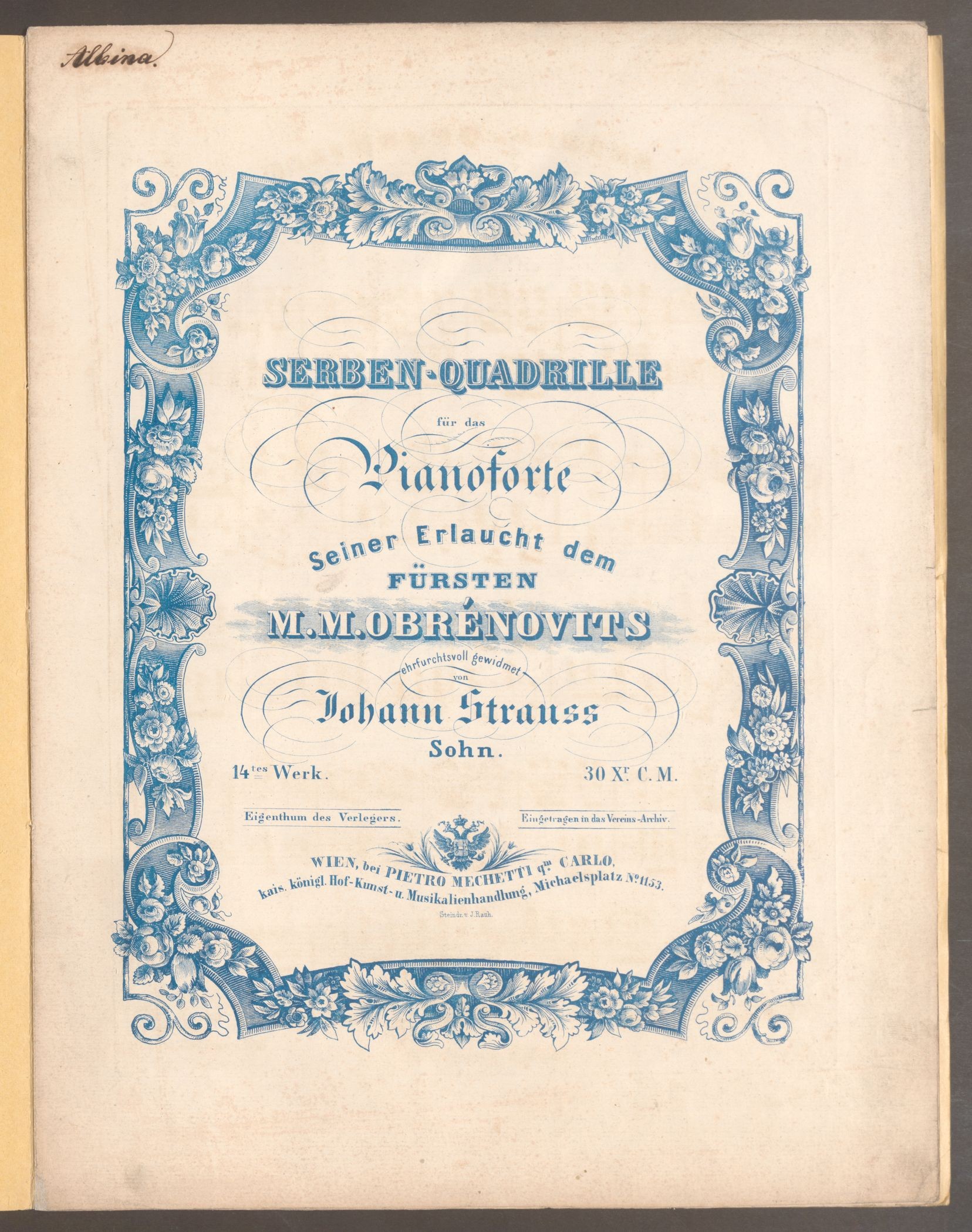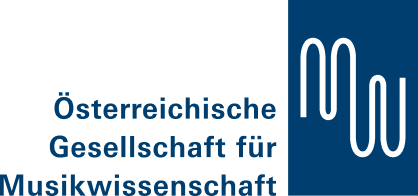Serben-Quadrille: Johann Strauss II, Promoter of Serbian Melodies in Ballrooms from Vienna to Belgrade
DOI:
https://doi.org/10.71045/musau.2025.1.29Keywords:
Johann Strauss II, Serbian national melodies, quadrille, Habsburg MonarchyAbstract
In the autumn of 1847, Johann Strauss II, as part of his tour in the Danube region, performed with his orchestra in Pest, Novi Sad, Zemun, and Belgrade. The program included his compositions incorporating Serbian national melodies, which he had arranged for Serbian and Slavic balls in Vienna. This study highlights how Johann Strauss II came into contact with the Serbian cultural circle in Vienna, with special attention given to his compositions that used Serbian national songs (Serbischer Marsch, Serben-Quadrille, op. 14; Alexander-Quadrille, op. 33; Slaven-Potpourri, op. 39; and Slaven-Ball-Quadrille, op. 88). The study considers the performance of these works among Serbs in the Habsburg Monarchy (Vienna, Pest, Novi Sad, Zemun) and in the Principality of Serbia (Belgrade) in the context of the social and political upheavals of the 1840s, when Strauss’s compositions were seen as symbols of national revival. The structure of the article follows the formal concept of the quadrille, a popular dance at Serbian balls in the nineteenth century.


